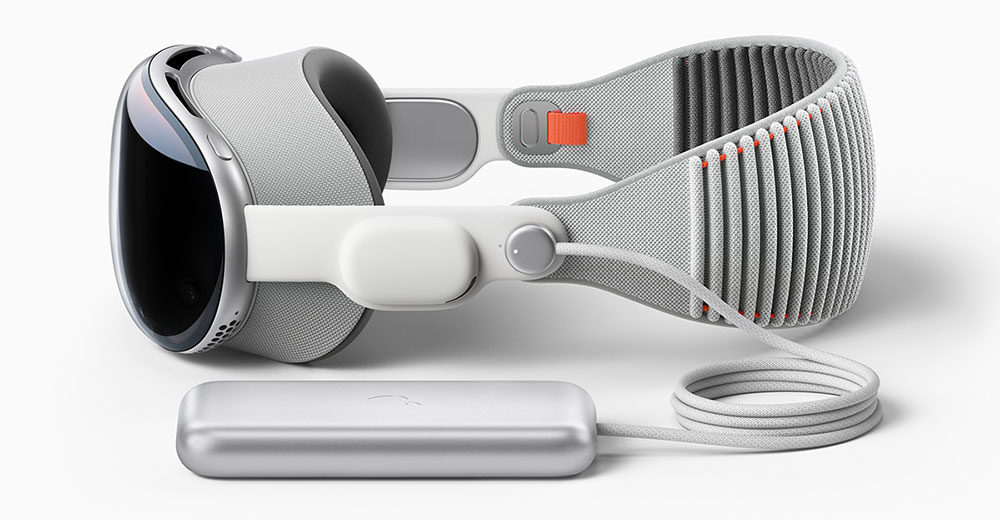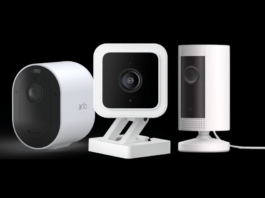The Apple Vision Pro has officially started shipping, prompting a spectrum of reviewer opinions about this inaugural product. In the realm of first-generation hardware, it boasts strong technology but currently lags behind in application variety. However, expectations are high that both aspects will change over time as the product evolves, and more developers embrace its potential.
As of the latest update, Apple has received nearly 200,000 pre-orders, a promising figure that should get developers’ attention. The question now is whether Apple’s aggressive marketing, though somewhat subdued compared to its peers, can generate demand beyond its niche user base.
A critical look at the current state of affairs
For the majority, the Apple Vision Pro might not be an immediate choice. It’s considered expensive, lacks extensive app support, and, following the rule of three, requires two more iterations before achieving the best balance of price and functionality.
Let’s review the Apple Vision Pro this week, concluding with my featured product of the week, the HP Envy Move – an all-in-one portable PC that has unexpectedly captivated me over the past few months. has taken
Understanding Generation One products
Generation One products can be classified into two categories: those from the initial generation of vendors within the existing ecosystem and those designed to usher in a new ecosystem. The former is more reliable because customers get the benefits immediately, and the vendor benefits from the experiences of early adopters.
The Apple Vision Pro falls into the latter category. While VR apps and services exist, Vision Pro takes a different approach, expecting Apple and its partners to lead the development of its ecosystem.
These types of generation one products attract people familiar with the market, who are willing to wait or contribute to the development of the app. They are technically savvy individuals with a high tolerance for startup limitations and the financial means to afford the $3,500 price tag.
A substantial portion of the initial 200,000 buyers may not be the ideal audience, struggling with the product’s early stage. Still, those ready for the unique challenges of a Generation One product will ultimately find the offering compelling and enjoyable.
Emphasizing functionality over hardware
When acquiring a tech product, the key is to focus on its capabilities and how it enhances your activities. Unlike buying a game console for specific games or a PC to run software like Microsoft Office, many Vision Pro buyers are unsure about the apps they’ll use, so unless a great app It is likely to be used if it does not appear.
It is reasonable to wait for the third generation in such a product class, skipping the first two generations to benefit from better usability and a wider selection of dedicated applications.
Additionally, owning a Generation One product brings exclusivity but also potential risks. The Apple Vision Pro’s high price and portability make it susceptible to theft, emphasizing the importance of securing the device to prevent unwanted incidents.
Evaluate the pros and cons
The Apple Vision Pro boasts a remarkable 4K display, a lightweight build, and a sleek design, distinguishing itself in the VR segment. However, it falls short in actual VR capabilities, offers limited compelling apps, and carries a hefty price tag due to its limitations.
The $3,500 price point is consistent with Apple’s strategy of introducing an expensive, no-compromise device first, gradually expanding its audience as costs decrease. While positive early reviews are overwhelming, alternatives like the Rokid Max AR Glasses and the Goovis G3 Max offer comparable features at a lower price, offering a lower risk entry into native computing.
Apple’s Marketing Strategy: A Decisive Factor
The success of Vision Pro depends on the effectiveness of Apple’s marketing. Marketing efforts must not only attract new customers but also engage with existing buyers to show positive results. Failure to achieve this can lead to negative social media feedback, potentially reducing demand.
This phase becomes the litmus test for Apple’s marketing prowess. If properly funded, Apple’s marketing campaign for the Vision Pro could even outlast the disastrous effects of the iPhone as later versions are developed.
and Be patient with emerging technology
Acknowledging Apple’s admirable creativity, patience appears to be the wisest course of action for most users. Opting for version three ensures a much better product, better app support, and a large user base for support on social media platforms in case of problems.




